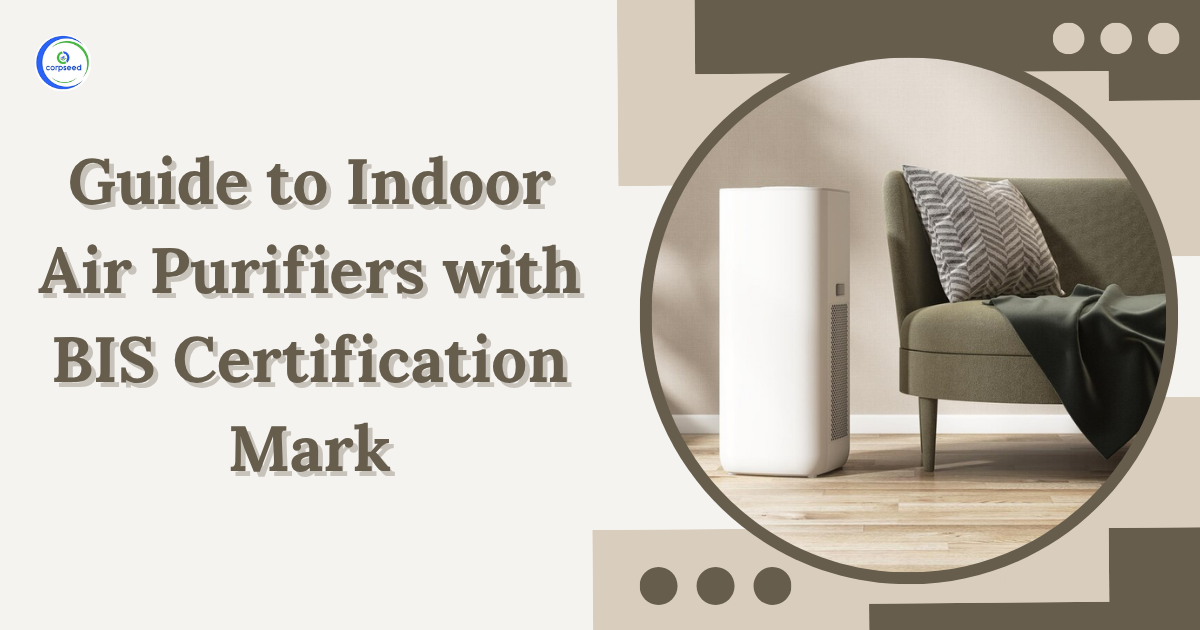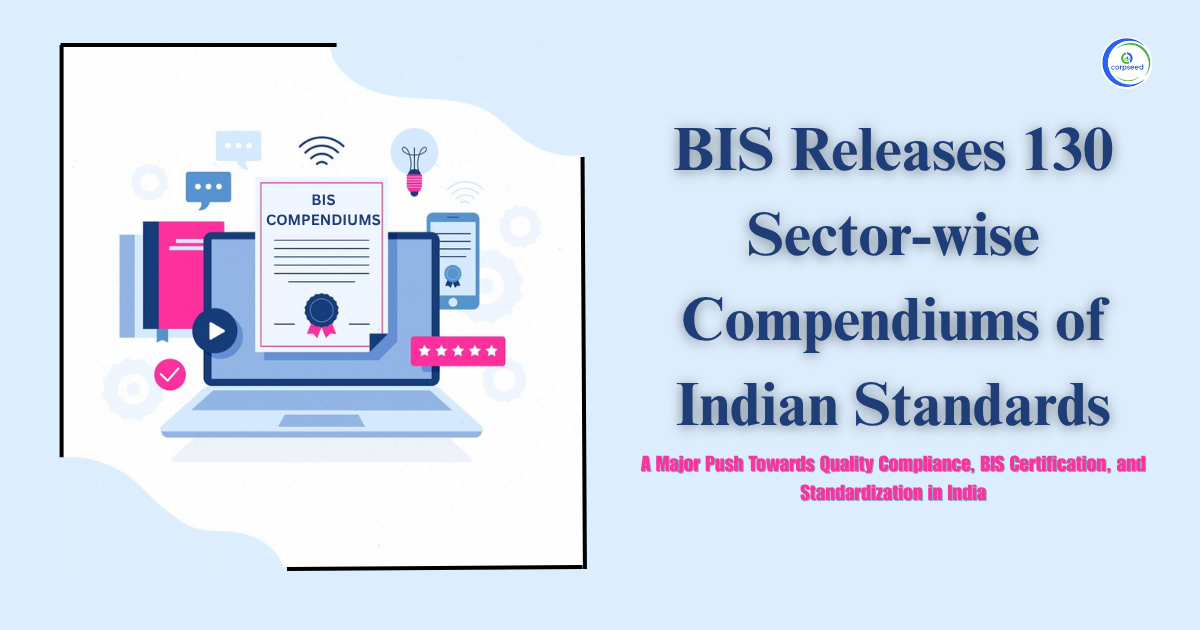Inland waterways carry a big promise for India's transport and trade. To tap this promise safely and smartly, the Inland Vessels Act, 2021 (Act), introduced a modern legal framework for vessels operating in inland waters. These rules focus on smart vessels that can move with little or no human control. The goal is to make river and inland transport modern, safe, and efficient. By using new technology like sensors, GPS, and automation, these vessels can reduce accidents and pollution. These rules also ensure that every smart vessel follows the same safety and operational standards across the country.
Table of Contents
--------------Blog Contact Form-------------
What are the Inland Vessels Rules 2025?
The Rules 2025 are draft regulations issued by the Ministry of Ports, Shipping & Waterways (MoPSW) under the Act. They aim to govern "special category vessels" in inland waters, specifically inland vessels that are:
- Autonomous vessels: mechanically propelled inland vessels that operate without onboard crew or with significantly reduced manning, monitored or controlled remotely.
- Semi-autonomous vessels: mechanically propelled inland vessels that incorporate advanced automated systems or centralised control, but still carry onboard crew for operation and oversight.
These rules set out how such vessels must be designed, built, operated, certified, and monitored. In effect, they extend the inland vessel regime to future-oriented vessel technologies so that automation and remote systems are safely integrated into inland waterways operations.
Importance of the Inland Vessels Rules
These Inland Vessel Rules 2025 are important for several reasons:
- Enable innovation: As vessel technology moves toward automation, the rules provide a clear legal basis for autonomous and semi-autonomous inland vessels, rather than leaving them in a regulatory grey zone.
- Promote safety: Inland waterways can pose risks (navigation, stability, communication failures). The rules aim to ensure that new vessel types meet safety, stability, redundancy, and monitoring standards.
- Improve consistency: The Act creates pan-India regulation of inland vessels. These new rules help maintain uniformity when vessel types become advanced, so that state-wise differences are minimised.
- Aid the growth of inland water transport (IWT): By clarifying how special category vessels are regulated, the rules may boost investor and operator confidence in IWT, thereby supporting modal shift, cost-effective freight/passenger movement, and better utilisation of waterways.
- Alignment with global standards: The rules refer to standards such as those of the International Standards Organisation (ISO), classification societies (members of the International Association of Classification Societies), and the Bureau of Indian Standards (BIS). This helps Indian inland vessels stay aligned with international norms.
- Facilitate inter-state mobility: The rules include provisions for a home-state certificate of fitness to be valid across states, aided by a central database (Jalyan/NavIC), thus easing vessels operating across state boundaries.
- Anticipate future deployment: With automation and robotics evolving, the rules act proactively to regulate vessels with reduced or no crew, remote control, and advanced automation, thus helping India be forward-looking in its IWT policy.
Scope and Applicability of the Inland Vessels Rules
Here are seven key aspects of scope and applicability under the Rules 2025:
1. Special category vessels
- Under rule 3(1), the following classes of mechanically-propelled inland vessels are covered:
- Fully autonomous inland vessels (remotely monitored/controlled)
- Semi-autonomous inland vessels (centralised/advanced automated systems + onboard crew)
2. Basic Rules Apply with Extra Requirements
Rule 3(2) states that the requirements of the existing inland vessel rules (under the Act) apply to these vessels. In addition, the special category rules apply. So special category vessels must meet baseline inland vessel rules (registration, survey, safety, etc.) plus these extra rules.
3. Design and construction standards
- Rule 3(3) (a): The design/construction standards in the Inland Vessels (Design & Construction) Rules, 2024 apply.
- Rule 3(3) (b): Any automation/other components not covered under that must comply with BIS standards, a recognised classification society, or ISO standards.
- Rule 3(3) (c): The owner must furnish a declaration (Form No. 1) about which standards were followed.
4. Manning and crew requirements
- Rule 3(4)(a): Manning shall be determined via risk-based assessment by the designated authority. The assessment factors include level of automation, operating zone, type of operation (cargo/passenger/survey/other), voyage duration, and redundancy systems.
- Rule 3(4)(b): Semi-autonomous vessels must carry at least one Master, one Engine Driver, and one GP Rating, as per Inland Vessels (Manning) Rules, 2022. The authority may reduce the crew other than the Master if the zone/ duration allows.
- Rule 3(4) (c): Autonomous vessels may operate without onboard crew subject to remote monitoring/shore support and authority approval.
- Rule 3(4) (d-e): Training and certification for crew/supervision as per existing Manning Rules, plus any additional requirements. Also, if no crew is physically onboard, continuous communication and real-time monitoring must be maintained.
5. Survey and certification regime
- Rule 3(5): Special category vessels must be designed, constructed, and maintained under survey by a classification society, notwithstanding rule 4 of the Design & Construction Rules, 2024.
- Rule 3(6)(c,d): A new vessel cannot get a certificate of survey unless fully compliant with these rules (design, construction, automation, navigation, safety).
6. Thresholds and transition for existing versus new vessels
- Rule 3(6)(a): Existing semi-autonomous/autonomous inland vessels operating before these rules come into effect may continue under old requirements, unless a major conversion.
- Rule 3(6)(b): But within two years of commencement, they must comply with stability (freeboard) rules and redundancy/communication/fail-safe mechanisms.
- Rule 3(6)(c): New vessels (post-commencement) must fully comply from the start and cannot get a certificate unless compliance is shown.
7. Harmonisation with other special category rules & inter-state mobility
- Rule 3(7)(a): If a vessel falls under more than one set of special category rules (e.g., maybe for different types), it must comply with all applicable rules to the extent not inconsistent.
- Rule 4(3): Home-State issues a certificate of fitness, valid for operations in other states if accepted, and the database (Jalyan/NavIC) is used.
Certification and Statutory Requirements on Inland Vessels
Here are six key certification/statutory requirements under the Rules 2025:
1. Safety measures & load line requirements
Under rule 4(1):
- The vessel must have safety gear and equipment appropriate to its operation zone.
- The maximum carrying capacity must be determined via criteria, which may include: specification of safety load line or load line limits to ensure buoyancy, and other conditions necessary for a safe voyage.
- The maximum carrying capacity must be endorsed in the Certificate of Fitness.
2. Appointment of authorised officers & issuance of Certificate of Fitness
Under rule 4(2):
- The State Government must appoint or authorise officers to implement these rules (inspect, survey, issue/suspend/ cancel fitness certificates).
- An application (Form No. 2) by the owner/operator/master goes to the authorised officer.
- The officer issues a Certificate of Fitness (Form No. 3) when satisfied that the vessel meets the prescribed safety, structural, stability, equipment, load line markings, and complies with the Act and rules.
3. Conditions on the Certificate of Fitness and renewal
- The certificate may be issued subject to conditions, which may include a valid survey & insurance certificate, payment of fees, renewal procedures, inspection periodicity beyond Inland Vessels Survey & Certification Rules 2022, and operational restrictions.
- If a vessel falls under multiple special category rules, a single certificate of fitness may be issued covering all.
4. Inter-state operation & data exchange
Under rule 4(3):
- The home state issues a certificate of fitness.
- That certificate is valid in other states if accepted, and prior intimation given, and conditions complied with.
- The Central Government shall facilitate interoperability via the Jalyan/NavIC central database portal (under Inland Vessels (Central Database & Allied Matters) Rules 2024).
5. Inspection by a surveyor
Under rule 4(4) & (5):
- A surveyor (appointed under the Act) may, at a reasonable time, board a special category vessel for inspection of hull, machinery, equipment, or any part. The owner/operator must provide access and furnish the required information.
- If non-compliance is found, a notice of rectification can be issued. If non-rectified, the state government may, after hearing record in writing, suspend or cancel the Certificate of Fitness. The vessel must cease operation until suspension is revoked or a new certificate is issued.
6. Obligation to obtain certificate within timeframe & penalty for non-compliance
- Under rule 4(5) (a), a vessel identified as a special category vessel must obtain a Certificate of Fitness within 12 months from the date of commencement of these rules.
- Failure to comply with provisions of the Act or rules makes the owner liable to penalties under section 87 of the Act.
Obligation of the Owner of the Vessel
Here are the main obligation areas for vessel owners under Rules 2025:
1. Safe operation and document maintenance
- The owner should ensure safe vessel operations by following the operational conditions specified in the Certificate of Fitness.
- The owner must ensure that the following valid documents are always available for the vessel when plying in inland waters: Certificate of Registration, Certificate of Survey, Insurance Policy, Certificate of Fitness, and Certificate of Prevention of Pollution.
- These documents must be produced on demand to officers/authorities appointed by the State Government.
2. Penalties for non-compliance
- The owner must comply with all relevant provisions of the Act and rules (both the inland vessel rules and special category rules).
- Failure to comply triggers penalties, fines, or other actions under section 87 of the Act.
Conclusion
The draft Inland Vessels (Special Category Vessels: Autonomous and Semi-Autonomous) Rules 2025 mark an important step in India's inland waterways regulation. By specifically addressing vessels that are autonomous or semi-autonomous, the rules recognise the reality of advancing marine automation and remote control, and set out a clear legal, design, certification, and operational framework for them.
As these rules move through consultation and finalisation, stakeholders in the inland water transport (IWT) ecosystem should pay attention: vessel design, manning, control-centre infrastructure, classification survey, load-line certification, inter-state database compliance (Jalyan/NavIC), and document upkeep will matter. The transition period for existing vessels offers some breathing room, but new vessels must comply fully.
In short, the Rules 2025 open the way for smarter, safer, and more advanced inland vessel operations in India. The importance lies not just in regulation, but in enabling the next generation of inland waterways transport.
This portion of the site is for informational purposes only. The content is not legal advice. The statements and opinions are the expression of author, not corpseed, and have not been evaluated by corpseed for accuracy, completeness, or changes in the law.
BOOK A FREE CONSULTATION
Get help from an experienced legal adviser. Schedule your consultation at a time that works for you and it's absolutely FREE.
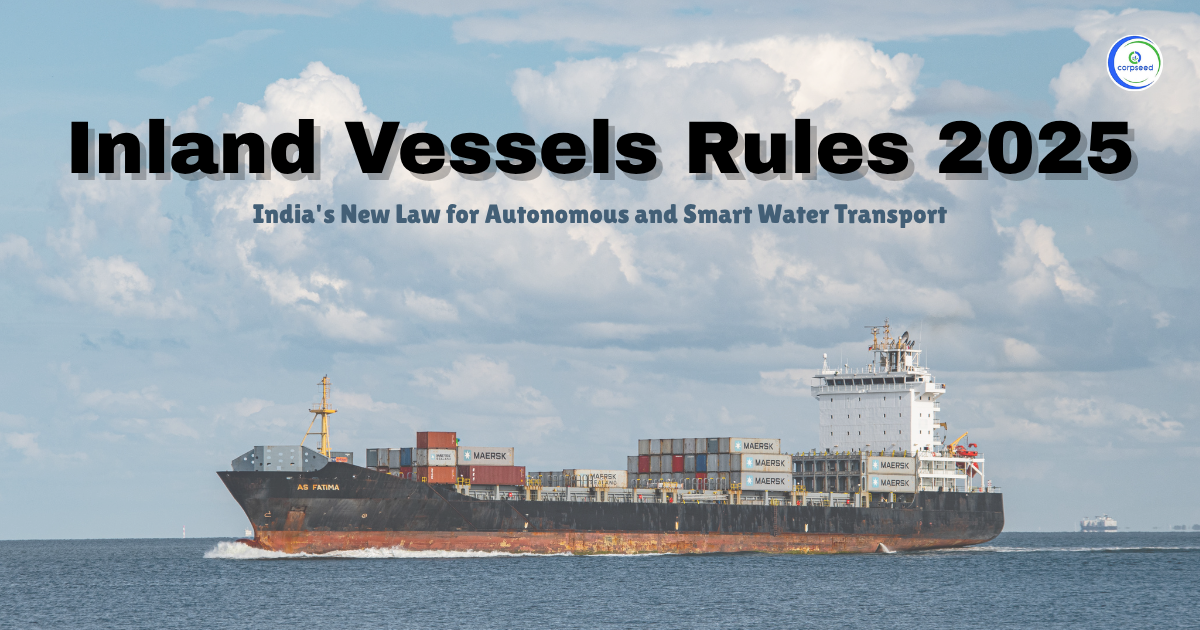

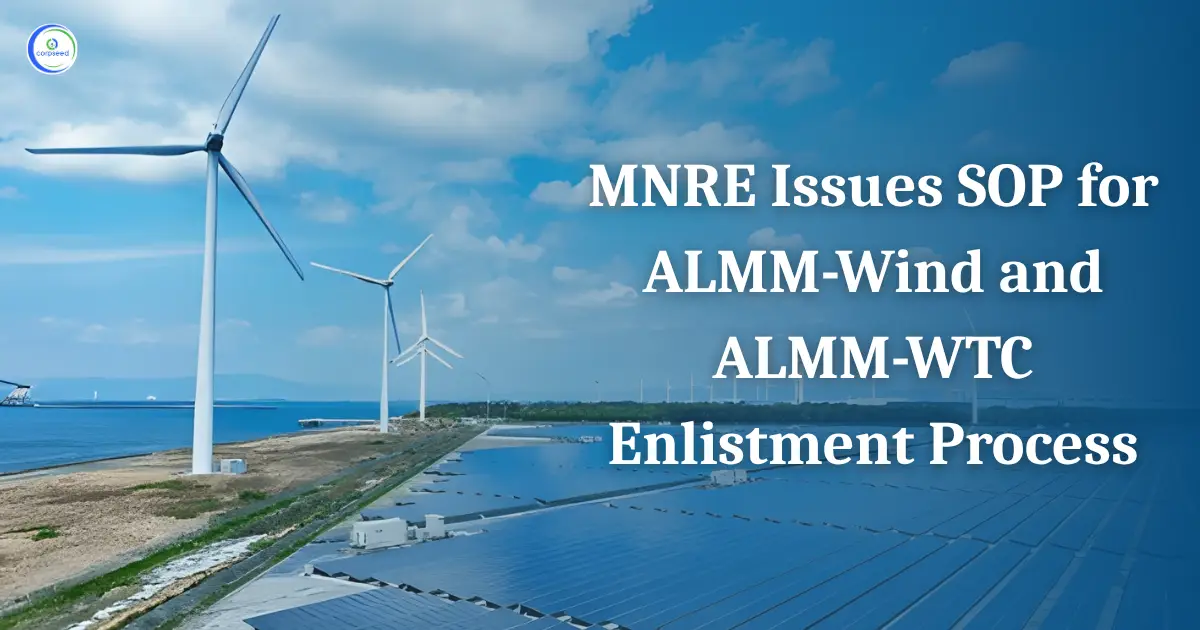
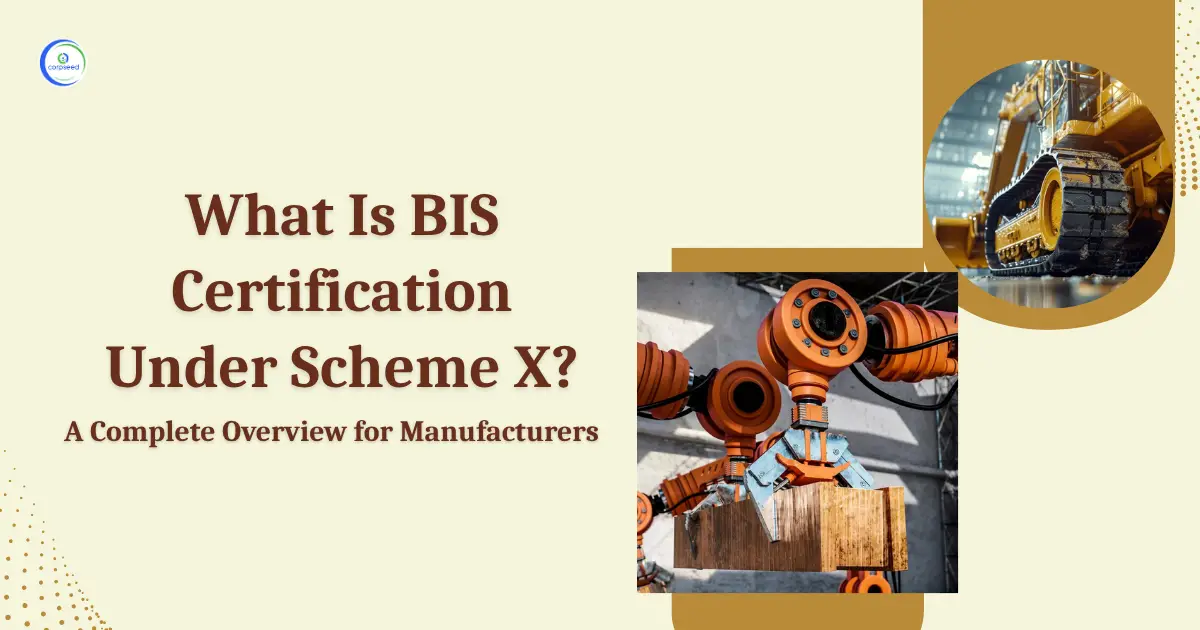
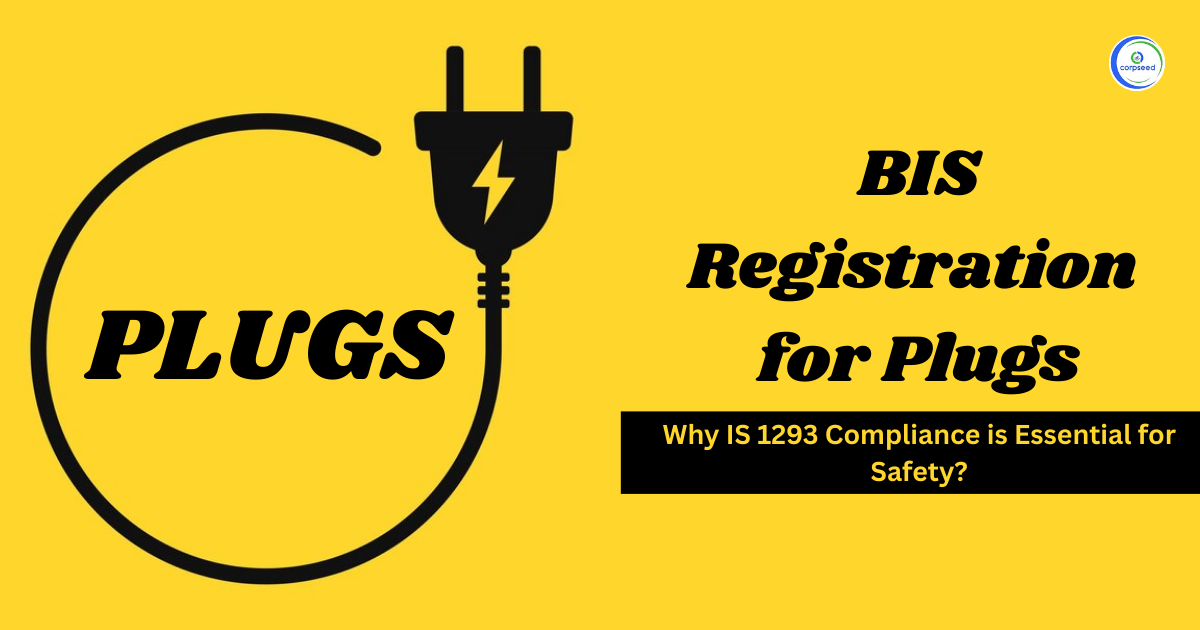
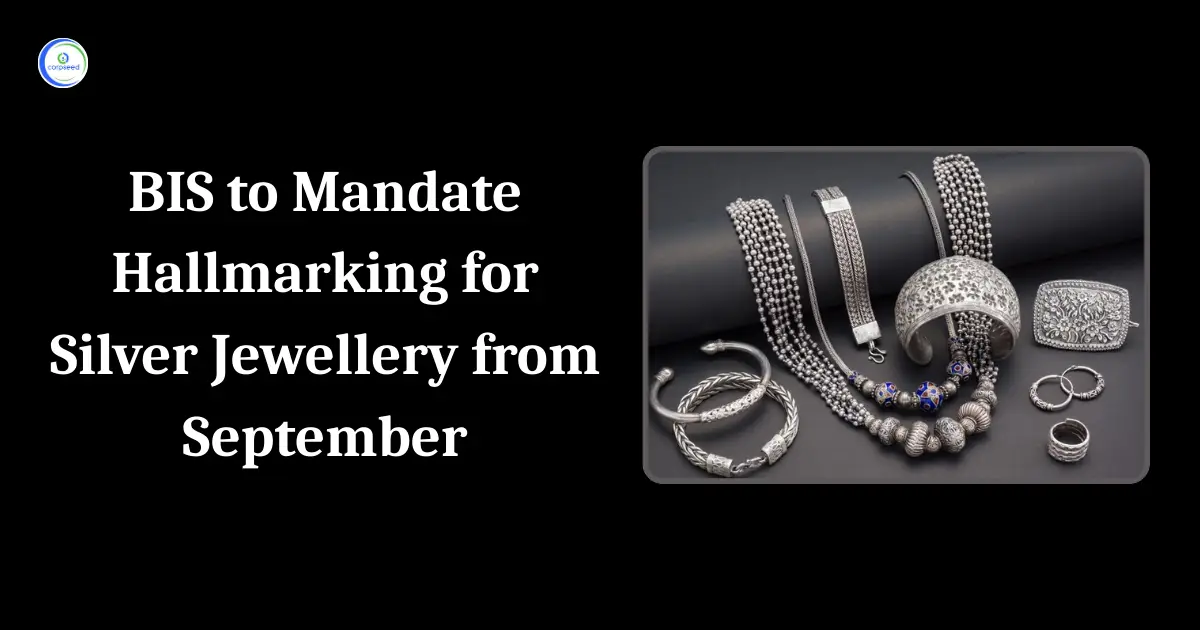
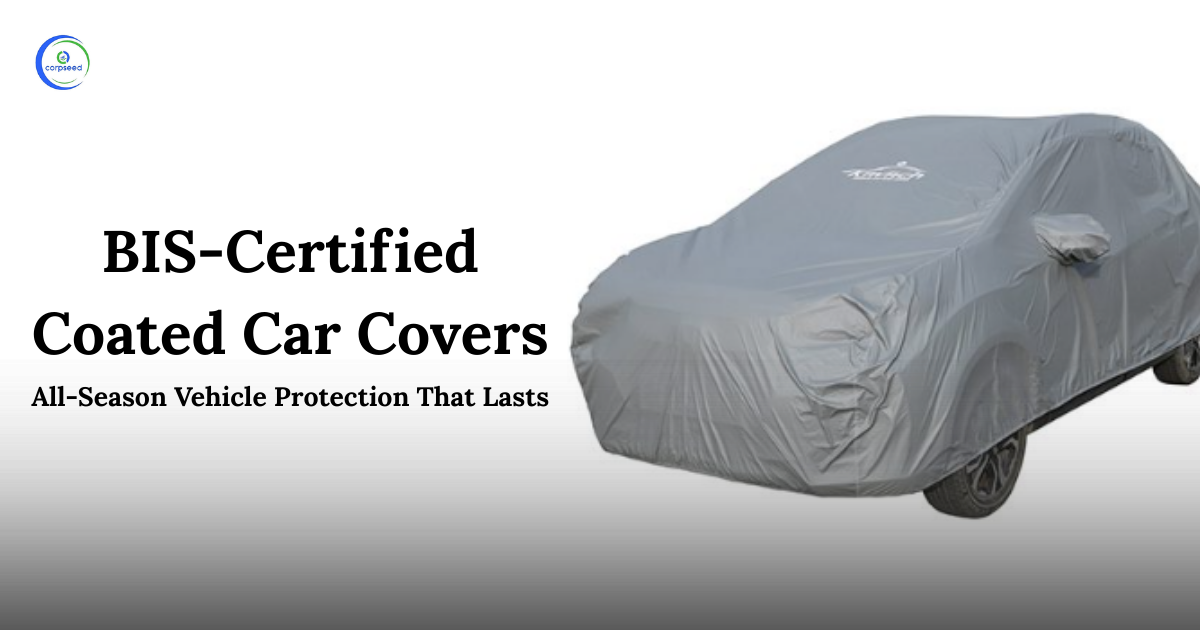
_CORPSEED.webp)
